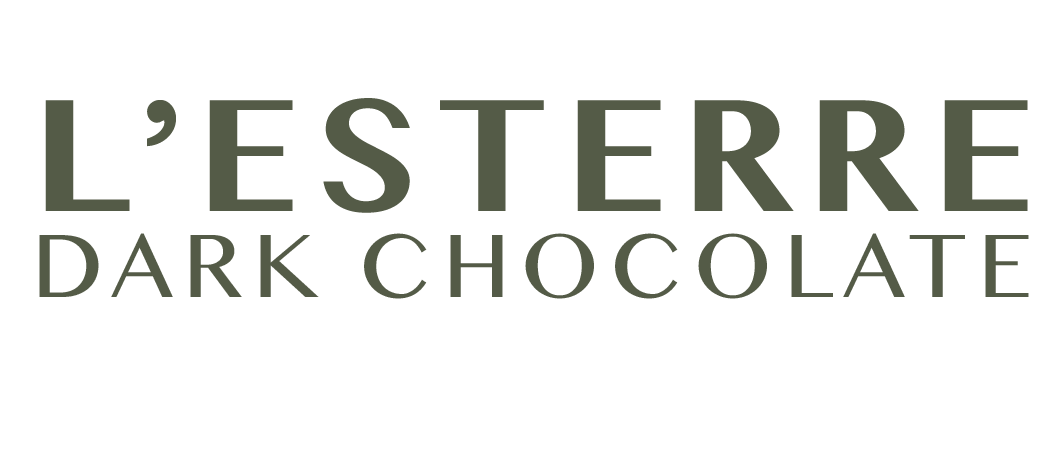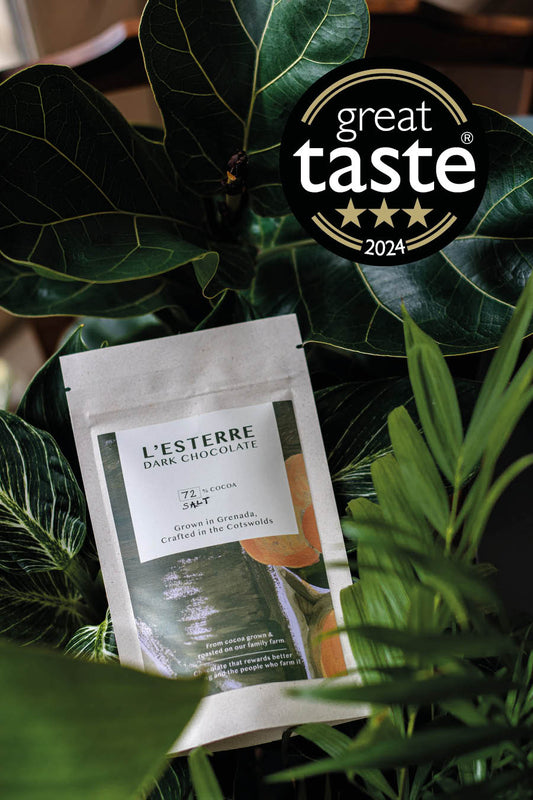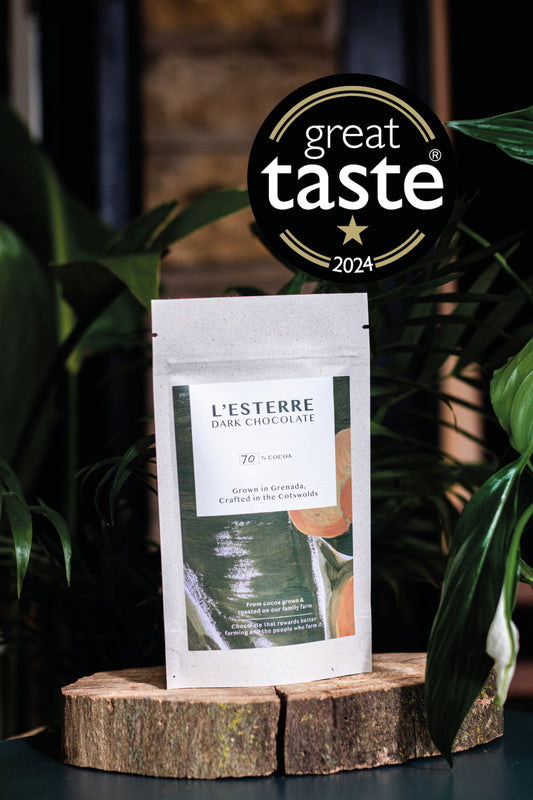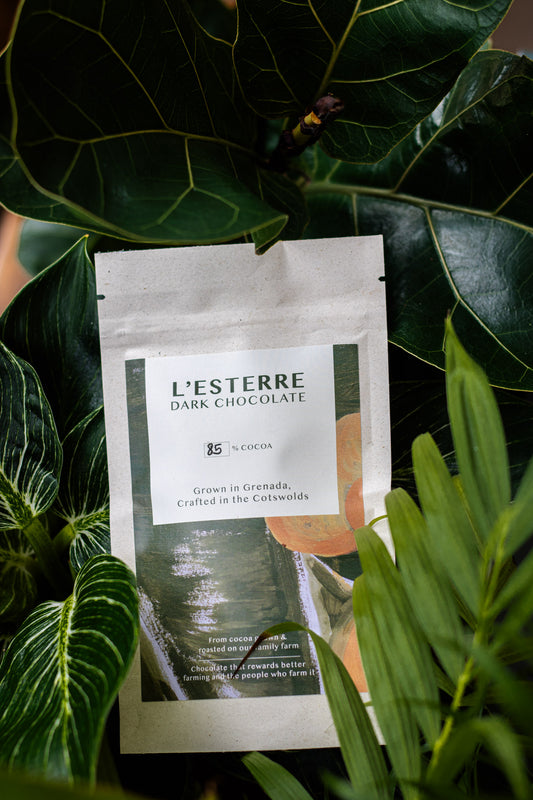
Do you ever wonder what the chances are of you being born into your family? Having spent the past year capturing snippets from aunts and uncles, piecing together small pockets of our bloodline, I realised those chances are pretty slim. How fascinating that each and every family’s story is completely unique.
So how did we end up with a cocoa estate on a tiny Caribbean island? Our story is one with many little twists, turns, risks and chance happenings. To keep it short but sweet, I’ve broken it down into 6 truths that are relevant to this part of our tale. Maybe something you read here inspires you to start a mini investigation into your family’s past.
Our stories are all as equally significant as the next persons. I’ve realised how important it is to understand how the life we were brought into was formed for us. Let us not lose our legacy, but share it and learn from each other’s.
Here’s a peek into ours.

1. We’re of Indian heritage
but we’re not quite sure where exactly.
And this one’s actually evidenced-backed, thanks to revolution in DNA testing. My mother results were near full marks Indian—majority northern, just shy of Pakistan—concluding that both my grandparents families are straight outta India. Our history in Grenada traces as far back as far as my grandfather’s grandfather, when Indians started emigrating to the Caribbean in 1857, soon after the abolition of slavery.
My grandfather is the key piece of the puzzle here. Born in 1901 to a peasant farmer and daughter of money lenders, Lawrence Ramdhanny was an ambitious young man. With no secondary education behind him, he took on extra jobs working the land. Although trained as a pharmacist, he also became a successful businessman, founded hardware stores and also traded commodities. Crucially included in those commodities were cocoa and nutmeg.
Soon after the Second World War, his risk-taking paid off—he struck big by waiting for cocoa and nutmeg to peak in value before selling. With this in hand, he and my grandmother Gladys, were in a position to purchase L’Esterre estate in October 1949, a 70-acre cocoa and nutmeg estate, to compliment their expanding hardware business and growing family.
Their six children— my mother, aunts and uncles, continue their legacy, both through the hardware stores and on the estate.

2. We grow multiple varieties of cocoa
the really good kind.
For the last 7 decades, we’ve been growing cocoa. Success with L’Esterre’s cocoa and nutmeg saw us expand to a second sister estate, Bagatelle. Though not native to Grenada, cocoa was introduced by the French in 1714. Selected for its favourable growing conditions, all the cocoa grown in Grenada is classed as ‘fine-flavour’, different from the bulk cocoa grown in West Africa.
Our cocoa grows between the two estates to this day, amongst 200+ acres of mixed cultivation. Situated north-east of the island, on the outskirts of the rainforest, our vegetation is favourably rich and dense. We grow a mix of cocoa types: Criollo, the most prized and said to be indigenous to South America; Forastero, more common, normally found in West Africa and Trinitario, a hybrid of Forastero and Criollo, named after Trinidad. All are mixed during fermentation, drying and packaging. Harvest usually begins around October and runs straight through until April.

3. The way we grow builds soil health, biodiversity and replenishes water
which means we are a hotbed for storing carbon.
Rich and fertile soil is one of the many benefits of living on a volcanic island. We use regenerative organic agricultural principles which means we conserve and rehabilitate the earth’s goodness as we grow. We’ve never had to use synthetic fertilisers or pesticides on our land for this reason, meaning it is naturally organic. Since 2017, we’ve been officially certified organic by CERES.
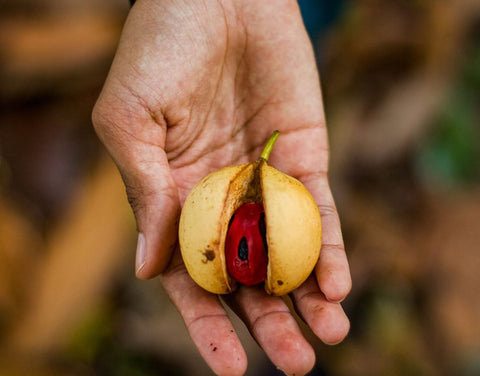
5. We also grow nutmeg, and always have done
which is sold internationally too.
Like cocoa, nutmegs are a huge export of Grenada. Our nutmeg trees grow interspersed with our cocoa and other agricultural crops. The nutmeg grown on the island is said to be the finest in the world. Nutmeg is picked throughout the year because our water cycle is pretty permanent, thanks to our proximity to the rainforest. Like cocoa, nutmeg is also sold to a government-run association.
We’re working on changing that too, so stick around.
Change ain’t easy, but it’s not impossible. What drives us is that knowing one day we’ll be able to taste chocolate made from our own beans—seed to bar. Something we’ll be experimenting with over the next few months so stay tuned.
With love from the cocoa groves,
Bobbie
